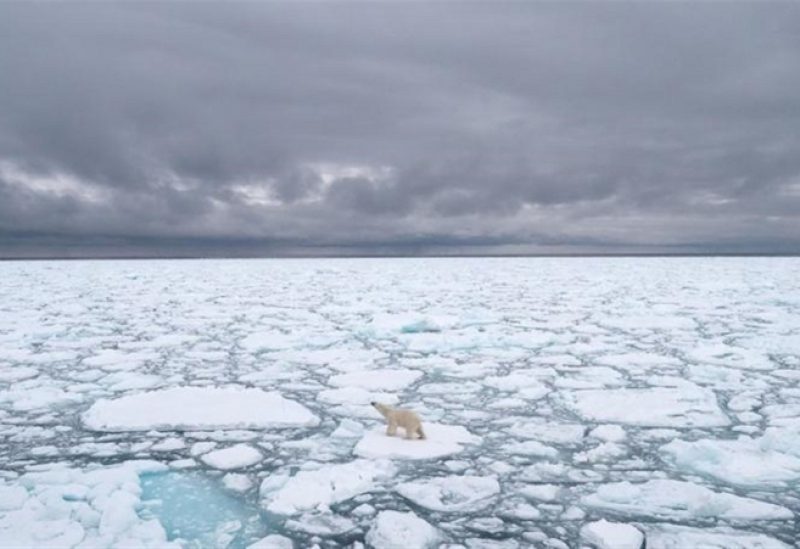
Alaska
Meteorologists were stunned this week when three successive thunderstorms swept across the icy Arctic from Siberia to north of Alaska, unleashing lightning bolts in an unusual phenomenon that scientists say will become less rare with global warming.
“Forecasters hadn’t seen anything like that before,” said Ed Plumb, a National Weather Service meteorologist in Fairbanks, speaking about the storms that started on Saturday.
Typically, the air over the Arctic Ocean, especially when the water is covered with ice, lacks the convective heat needed to generate lightning storms.
But as climate change warms the Arctic faster than the rest of the world, that’s changing, scientists say.
Episodes of summer lightning within the Arctic Circle have tripled since 2010, a trend directly tied to climate change and increasing loss of sea ice in the far north, scientists reported in a March study published in the journal Geophysical Research Letters. As sea ice vanishes, more water is able to evaporate, adding moisture to the warming atmosphere.
“It’s going to go with the temperatures,” said co-author Robert Holzworth, an atmospheric physicist at the University of Washington in Seattle.
These electrical storms threaten boreal forests fringing the Arctic, as they spark fires in remote regions already baking under the round-the-clock summer sun. Boreal Siberia in Russia gets more lightning than any other Arctic region, Holzworth said.
The paper also documented more frequent lightning over the Arctic’s treeless tundra regions, as well as above the Arctic Ocean and pack ice. In August 2019, lightning even struck within 60 miles (100 kilometers) of the North Pole, the researchers found.
In Alaska alone, thunderstorm activity is on track to increase three-fold by the end of the century if current climate trends continue, according to two studies by scientists at the National Center for Atmospheric Research in Boulder, Colorado, published over the last year in the journal Climate Dynamics.
“What used to be very rare is now just rare,” said Rick Thoman, a climate scientist with the University of Alaska Fairbanks. As the parade of Arctic storms this week demonstrated, lightning is already appearing in unexpected places, he said. “I have no memory of three consecutive days of this kind of thing” in the Arctic.